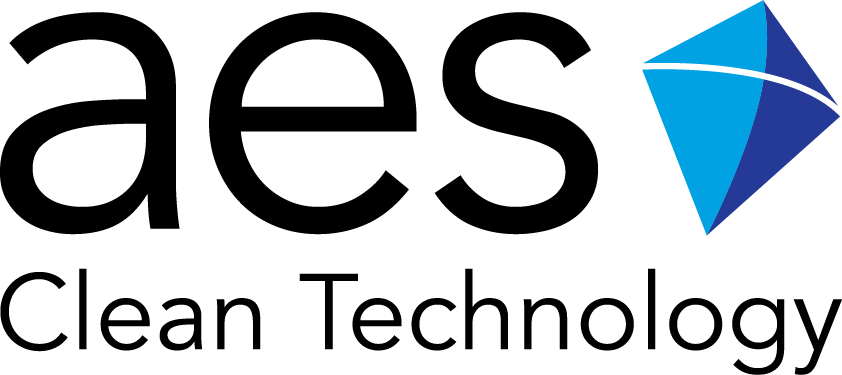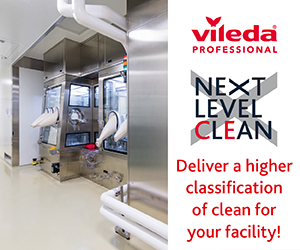The increasing demand for injectable drugs is changing the face of the pharmaceutical sector just as new, more complex regulatory schemes are coming into effect.
By 2028, the global market for injectable drugs is set to reach $69.13 billion, with an annual growth rate of 8.9%. To realise this potential, however, manufacturers must navigate a regulatory environment that places the strictest standards ever devised on eliminating contamination. As Merrill explains, laminar airflow technology can be a vital tool in meeting these standards.
The growth of injectables is the result of two developments.
First, emerging technologies, such as cell and gene therapies, have become the focus of many new players in the development pipeline as a means of treating serious chronic conditions, with global sales of biopharma treatments hitting an all-time high of $300 billion in 2020.
Second, the ongoing mass vaccination programme to bring the COVID-19 pandemic to an end has also been a major contributor to high parenteral demand. According to IQVIA, global spending on the COVID-19 vaccine totalled $53bn in 2021 and $51bn in 2022. While the peak of the pandemic has passed, we can still expect demand for COVID-19 boosters to continue for the foreseeable future to protect vulnerable demographics and help overstretched healthcare services.
A failure to address Annex 1 by August could result in production line closure
Biologic formulations are traditionally administered by injection, accounting for this increase in injectable demand. As injection bypasses the body’s defence mechanisms in the gut, these treatments must be produced in a sterile environment to safeguard end patients.
All of this means that demand for pharmaceutical cleanrooms - a necessary feature of any aseptic processing line - is rising. Unsurprisingly, the global aseptic processing market is forecast to be worth $24.36 billion by 2031, up from $10.63 billion in 2020.
A complex regulatory environment
Creating the necessary cleanroom infrastructure is easier said than done. All cleanroom environments must adhere to Good Manufacturing Practice (GMP) guidelines for sterile products - meaning that they must be classified according to the required characteristics of the environment. In the US, the Food & Drug Administration classifies cleanrooms from ISO8 - the least strict - to ISO5- the most stringent - to remain compliant with ISO14644. In the EU, the cleanrooms are categorised as Grade A, B, C, or D.
In addition to these guidelines, manufacturers must ensure that their aseptic processes align with new regulatory updates in the markets where they operate. For instance, amendments to Annex 1 of the GMP are due to come into force in August of 2023, which applies to all drugs that may be sold in the EU, no matter where they are manufactured.
A failure to address Annex 1 by August could result in production line closure until the standards are met, which is an expensive proposition. The Annex 1 changes focus on preventing cross-contamination and other processes that will significantly affect requirements for cleanroom spaces.
LPZ areas make use of laminar airflow technology to minimise contamination but do not need to completely eliminate it
Principally, these amendments require pharmaceutical companies to minimise the number of manual interventions across aseptic cleanroom processes as much as possible - such as during maintenance or cleaning of equipment. This is intended to further reduce the risk of contamination from human contact with processing equipment.
Many potential sources of microbial contamination can pose serious risks regarding drug manufacturing, all of which must be managed to ensure compliance with international safety standards. In particular, microbes and pathogens can be carried by human operators into cleanroom environments during normal operation as well as repair and maintenance. If these microbes made their way into drug manufacturing areas and processes, they can pose a serious risk to the health and safety of patients taking these drug products.
Annex 1 is just one example of incoming regulations around the world tightening up cleanroom environments over the coming years, and will impact any company seeking to sell into the EU market. To meet Annex 1 standards, manufacturers must demonstrate that they have developed stringent, verifiable risk management procedures. Contamination procedures alone, however, may not satisfy regulators.
Careful design of sterile processing lines and the selection of effective equipment are vital to ensure compliance and to future-proof operations.
Isolator equipment, RABs, and Local Protection Zones
Isolator equipment creates self-contained mini-environments that are used across pharmaceutical and biotechnology applications, allowing operators to make interventions while remaining separate from the processing environment through the use of gloves attached to the fully enclosed isolator system. From the standpoint of sterility assurance, isolators are the gold standard for protecting and isolating the product from contamination that could arise due to personnel and the surrounding environment.
Even with the use of isolation technology to ensure the protection of the critical processing zone, the cleanroom surrounding the isolator is still essential to serve as the wrap-around macro-environment. This cleanroom background protects all incoming and outgoing materials in support of an overall strategy for aseptic processing.
Restricted Access Barrier Systems (RABs) are an alternative to isolation technology that serve to accomplish the same goal – protecting the manufacture of sterile products. However, because RABs are not a fully isolated solution, they are more dependent on the performance of the surrounding cleanroom micro environment, and therefore shift responsibility onto that cleanroom facility for achieving product protection. This is especially important in the cleanroom area that immediately surrounds the RABs enclosure which must provide increased protection, especially in the event of an intervention.
Local protection zones (LPZs) are areas within the cleanroom macroenvironment where reduced bioburden is desired to protect the ultimate downstream drug product, but where isolation of the people from the process is impractical
For both isolators and RABs, the greatest contributor to the potential for contamination – the people – are separated from the critical processing zone. These systems minimise direct human contact with the processing equipment and especially with the product during operations.
Local protection zones (LPZs) are areas within the cleanroom macroenvironment where reduced bioburden is desired to protect the ultimate downstream drug product, but where isolation of the people from the process is impractical. Typical applications of LPZs within drug product manufacturing surround critical component processing at parts washers and autoclaves, or formulation of the drug substance prior to sterile filtration as might occur in a compounding process. These applications are difficult to isolate and often require human interventions that occur, but they are upstream of the final production steps that require sterility. As such, these LPZ areas make use of laminar airflow technology to minimise contamination but do not need to completely eliminate it, as is the case where the sterile product is being filled into its final container form.
Laminar airflow design considerations
Laminar airflow technology is the tool at the heart of each of these solutions to address contamination control. This technology involves creating a unidirectional flow of ultra-pure air without turbulence to create a Grade A or ISO 5 environment, along with a system to remove the air once it has passed over the process. This deliberate pattern of clean airflow removes contaminating particulate matter from the atmosphere in the critical zone, which is ultimately necessary to produce sterile products.
Laminar airflow technology has been available for many years and was commonly used at the whole facility level prior to the development of isolator and RABs technology, which have endeavoured to shrink the critical zone and eliminate the people within it. In the case of Local Protection Zones, laminar airflow is used to create “Grade A Air Supply” that bathes the LPZ footprint to reduce bioburden.
Laminar airflow systems have an intense HVAC requirement due to the amount of heat load that is created by producing high volumes of ultra-pure airflow, and this needs to be factored into the design of the overall cleanroom and the utilities that serve it. The airflow technology used to protect the product within the filling line (isolator or RABs), combined with the use of LPZs in other critical areas of the process, all contribute to the intensity of mechanical integration between the processing line and the cleanroom that wraps around it.
Looking ahead
Demand for sterile manufacturing will continue to grow for the foreseeable future, as the number of projects requiring aseptic processes increases. At the same time, regulations governing sterility - not just in the EU, but in other key international markets too - will become more strict to safeguard patients.
To keep up, pharmaceutical companies and their CDMO partners need to take action now to make sure they have future-proofed cleanroom capacity that complies with the strictest regulations. Technology like laminar airflow systems has a key part to play in achieving this goal, providing an effective means of optimising microbial contamination protections across the cleanroom. With this technology, pharmaceutical companies and CDMOs can be confident they can meet market needs now and in the future.





